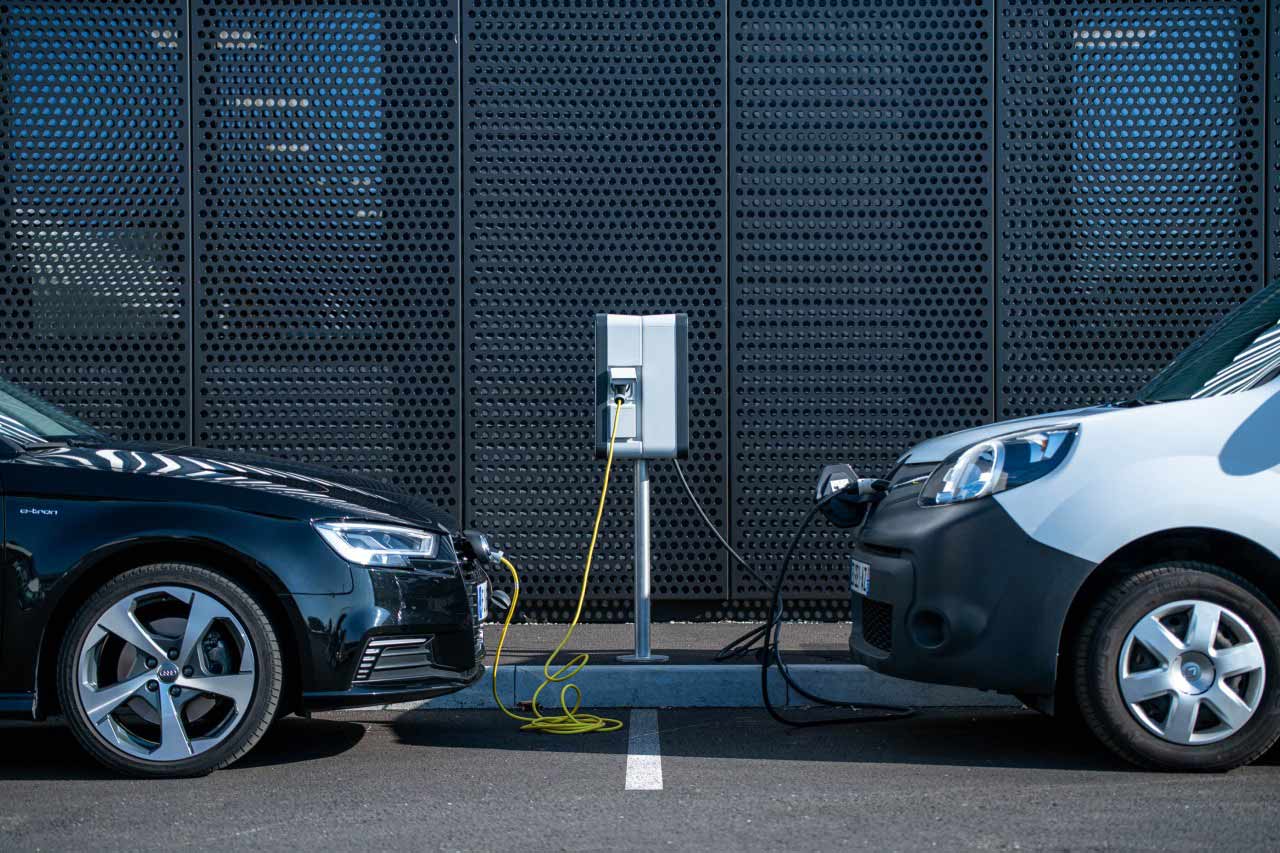Introduction
As the world transitions to cleaner transportation, the demand for electric vehicles (EVs) is on the rise. To support this shift, robust EV charging infrastructure is essential. Whether you’re planning to install charging stations at home, in commercial spaces, or public areas, understanding the design considerations and installation process is crucial. Let’s dive into the details.
1. Types of EV Charging Stations
Before designing and installing EV charging stations, it’s essential to know the different types:
- Level 1 Chargers (AC):
- These chargers use a standard 120V household outlet.
- Charging time: Approximately 12 hours for a full charge.
- Ideal for home charging or workplaces with longer dwell times.
- Level 2 Chargers (AC):
- Require a 240V AC electrical outlet.
- Charging time: 4 to 8 hours.
- Commonly found in commercial buildings, parking lots, and public spaces.
- DC Fast Chargers (Mode 4):
- Use direct current (DC) for rapid charging.
- Charging time: Under an hour.
- Typically located along highways and major routes.

2. Design Considerations
When designing EV charging stations, consider the following factors:
- End-User and Purpose:
- Determine if the station is for private use (e.g., residential) or public use (e.g., commercial areas, highways).
- Consider controlled access, shared usage, and user convenience.
- Vehicle Dwell Time:
- Understand how long vehicles will typically be plugged in and charging.
- Optimize station placement based on dwell time.
- Site Electric Service Size and Spare Capacity:
- Assess the available electrical capacity at the site.
- Ensure spare capacity for future expansion.
- Route from Parking Spaces to Utility Panel:
- Plan the conduit path from potential EV parking spaces to the nearest utility panel.
- Consider distance and accessibility.
3. Compliance with Standards
- EV charging stations must comply with IEC 61851-1 standards.
- Mechanical, electrical, communications, EMC, and performance requirements are covered.
- Class A and Class B off-board electric vehicle charging systems are defined based on usage.
4. Environmental Considerations
- Charging stations can be installed indoors or outdoors.
- IP protection (at least IP54 for outdoor usage) ensures durability.
- Shock IK protection is generally IK10.
- Operating altitude and temperature ranges must meet IEC 61851-1 requirements.
5. Installation Process
- Work with qualified electricians for safe installation.
- Ensure proper grounding and electrical connections.
- Follow local regulations and obtain necessary permits.
Conclusion
Designing and installing EV charging stations is a critical step toward a sustainable future. By considering user needs, electrical capacity, and compliance with standards, we can create a network of charging stations that supports the growing EV community. Let’s power up and drive toward a cleaner planet! ⚡🌎🚗

